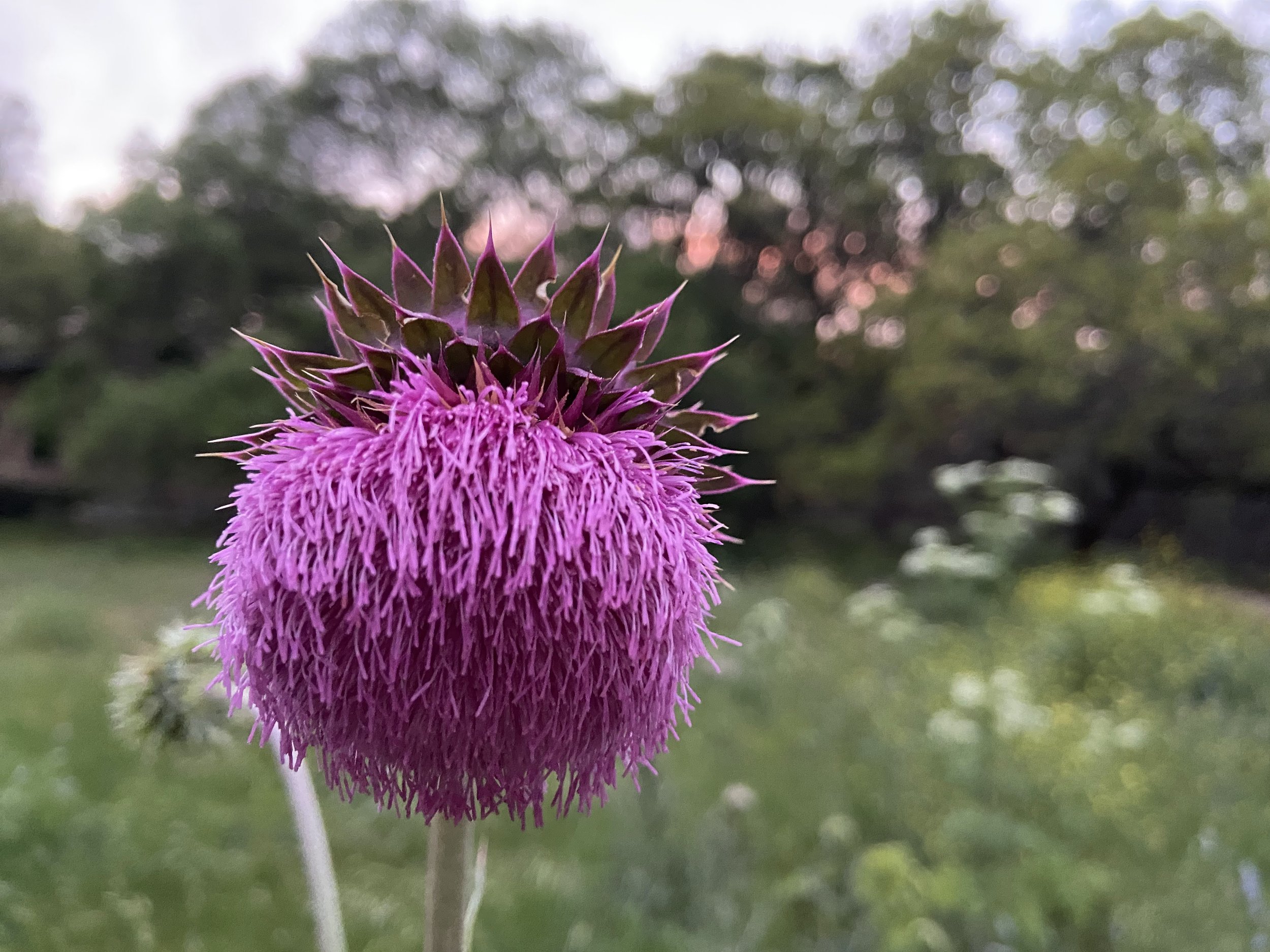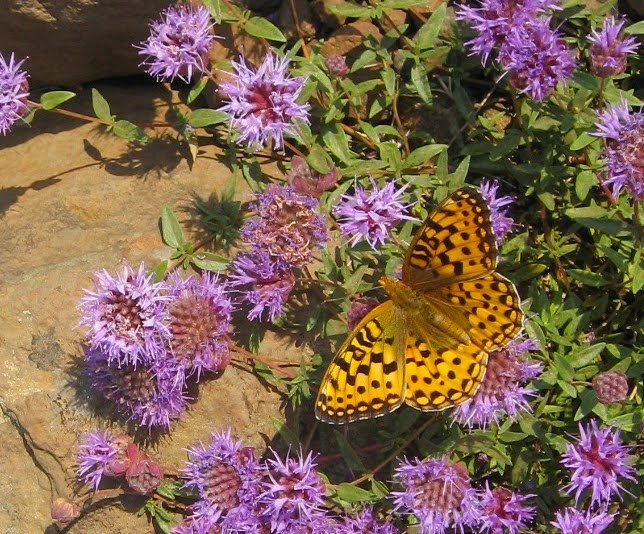
A Slow Practice in Perception and Creativity
What happens when we slow down enough to truly see ourselves, the world, and our inner experience?
In this personal reflection, I explore what Drawing on the Right Side of the Brain is teaching me about perception, creativity, and the qualities of Presence. It’s an invitation into a gentler way of learning, where we loosen the grip of the inner critic, listen more deeply, and rediscover the wonder in simply looking.

An Introduction to Parts Work
The foundation of my coaching practice is an incredibly supportive method for growing self-compassion and getting to know ourselves more deeply. If you’ve ever said, “Part of me wants to, but another part just doesn’t”? That little phrase points to something at the heart of what’s called Parts Work, which I also like to call Parts Play. It’s more of a process of discovery. I’ve written a piece to introduce you to this simple yet powerful way of understanding yourself by getting to know the different “parts” inside you. Inspired by Internal Family Systems (IFS), this approach helps you listen to your inner world with curiosity, compassion, and Presence. It’s not about fixing or improving yourself; it’s about building relationships with every part of you.

Feelings Are Meant to Be Felt
What are your feelings trying to tell you? It’s worth our time to explore. Our emotions hold deep wisdom, guiding us toward our needs, values, and priorities. When we learn to welcome and understand them, we unlock greater clarity, resilience, and purpose in navigating life’s complexities.

Befriending Your Inner Critic
If you are facing self-doubt, perfectionism, or procrastination, your inner critic may be active, but what happens if you learn to befriend it?
It’s possible to transform our relationship with our inner critic. By approaching it with curiosity and compassion, we can uncover its positive intentions and move toward deeper self-acceptance.

Aspirations & Ancestors
As the year winds down, it’s a natural time to pause and reflect. Amid the busyness, it can be supportive to consider the lessons, growth, and accomplishments that have shaped your year. Reflection connects us to our progress, offering a satisfying sense of clarity and gratitude. Can we also dare to explore our deepest desires and aspirations, not just what we’ve done, but what we truly long for? In doing so, we step into the role of a good ancestor, recognizing that the choices we make today, our dreams, actions, and care for the present, shape the world that future generations will inherit. By nurturing our aspirations and tending to the conditions that allow them to flourish, we lay the foundation for a sustainable future.

Unfolding vs. Self Improvement
I've written about growth and transformation and what makes lasting change possible and I've contrasted that with our all too common common drive for constant self-improvement. There’s a little more I want to say about this, because it’s so prevalent in our culture. I have found there’s another way but first I want to make a few distinctions between self-improvement and development and introduce unfoldment.

Transformation and Lasting Change
Transformation and change. What makes transformation possible? What gets in the way of change? These are big questions. It’s through responding and doing something differently and consistently that we feel the shift that some transformation has occurred.

Welcome to Wholeness
January is the time when we often look at the year ahead and set a resolution. Or maybe you simplify and just find a word to represent and guide your year. What I’d like to offer you instead is a bit of a paradox. What if you started with the premise that nothing is missing?
